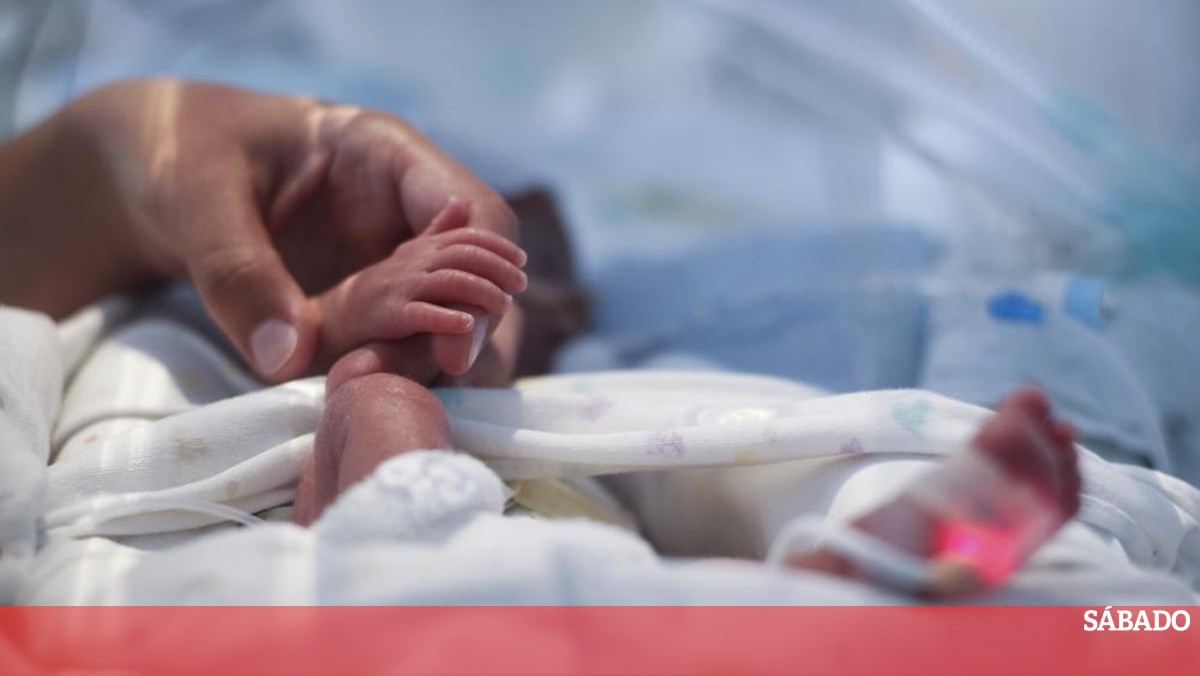The biomedical company has created a technology that aims to mimic the functions of the placenta of premature babies born at 23 weeks. It has already been successfully tested on lambs.
Babies born at 23 weeks or younger need help breathing. “They are at a critical stage in their development where their lungs start producing surfactant, a substance that prevents the alveoli in the lung from collapsing during exhalation,” says the obstetrician. “But until 28 weeks of age, this production is generally insufficient, and therefore these babies need mechanical ventilation to help them breathe,” he adds. The problem is that ventilation can be painful to the lungs and cause chronic damage.
In artificial wombs, the risk of infection is theoretically lower. To do this, babies must be placed in artificial wombs immediately after being removed from their mothers by caesarean section. Why? Before the blood vessels in the umbilical cord narrow, as they do after birth, preventing the passage of nutrients and oxygen. “If the technology is able to accurately mimic the intrauterine environment and placental function, it is reasonable to believe that it could increase the survival rate and reduce complications for babies born prematurely,” says Mariana Torres.
This technique will improve the survival rate and reduce complications for babies born at 23 weeks. Saving premature babies will remain difficult. “The validity limit of 22 weeks is complex and difficult to overcome,” the expert explains. “We have to take into account not only the maturity of the child’s organs, such as the lungs, brain and intestines, but also the medical technologies and treatments available,” he adds.
Bioethical issues
In the United States, one in 10 babies are born prematurely and half of those born before 23 weeks die. In Portugal, the prevalence of premature babies younger than 32 weeks is 1.2%, but many uncertainties remain. The first: How to conduct clinical trials on children. The US Food and Drug Administration (FDA) is considering a procedure that scientists could use, but is doing so secretly. Scientists point out that if approved, it will take five to ten years to be available. After that, not everyone will have access.
“It will certainly be a very expensive treatment, and we risk that it will only be available to a minority of the population,” explains the doctor. We also have to take into account the long-term consequences, which are unknown. “Undoubtedly, we should not only worry about the survival of these children, but also about their long-term quality of life, which raises bioethical questions that are difficult to answer,” concludes Mariana Torres.
Discover it to
Today’s releases
To continue reading
Electronic signature
3 months for 2 euros
- Unlimited access For all exclusive articles on all platforms
- Early access to Electronic paper On any device
- Newsletters Exclusive
- Audio material Reserved for subscribers
- Offers and benefits In products and services selected with you in mind.
subscribe now
To continue reading
Electronic signature
1 month for 1 euro
- Unlimited access For all exclusive articles on all platforms
- Early access to Electronic paper On any device
- Newsletters Exclusive
- Audio material Reserved for subscribers
- Offers and benefits In products and services selected with you in mind.
‘

“Wannabe internet buff. Future teen idol. Hardcore zombie guru. Gamer. Avid creator. Entrepreneur. Bacon ninja.”

